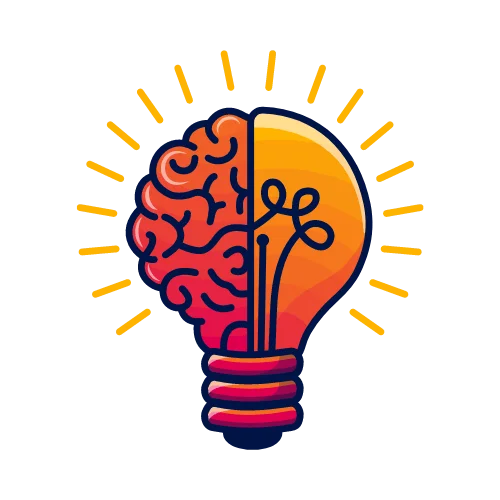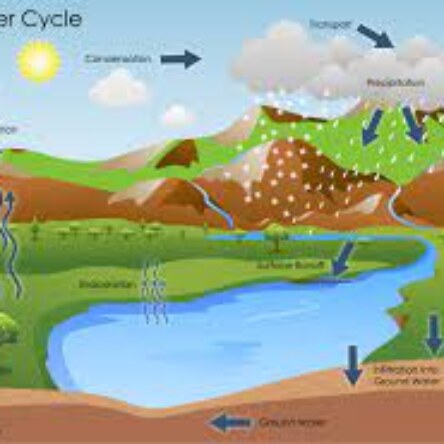With reference to the role of biofilters in Recirculating Aquaculture System, consider the following statements: ...Read more
With reference to the role of biofilters in Recirculating Aquaculture System, consider the following statements: [2023]
1. Biofilters provide waste treatment by removing uneaten fish feed.
2. Biofilters convert ammonia present in fish waste to nitrate.
3. Biofilters increase phosphorus as nutrient for fish in water.



Biofilters play a crucial role in Recirculating Aquaculture Systems by eliminating nitrogenous waste produced by aquatic organisms. They utilize nitrifying bacteria to transform toxic ammonia into nitrites, which are also harmful. Subsequently, other bacteria further convert these nitrites into harmRead more
Biofilters play a crucial role in Recirculating Aquaculture Systems by eliminating nitrogenous waste produced by aquatic organisms. They utilize nitrifying bacteria to transform toxic ammonia into nitrites, which are also harmful. Subsequently, other bacteria further convert these nitrites into harmless nitrates, ensuring water quality. Importantly, biofilters are engineered to remove pollutants rather than introduce nutrients into the system, making statement 3 inaccurate.
See less